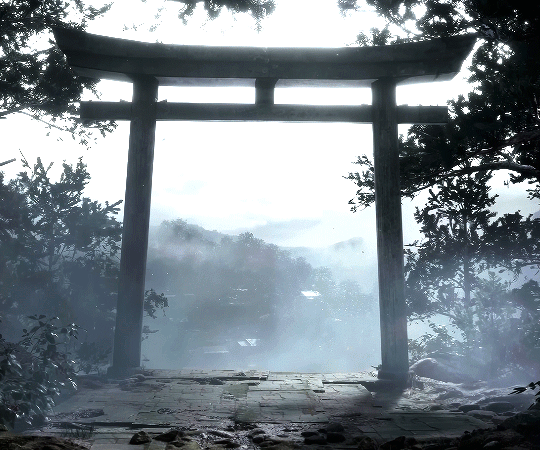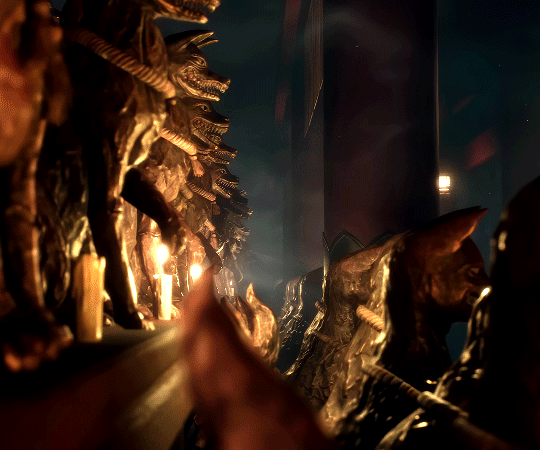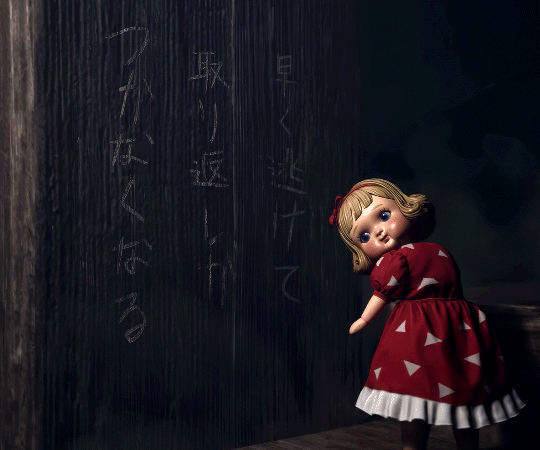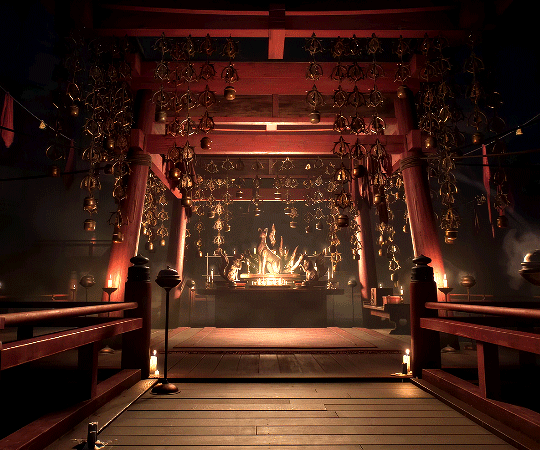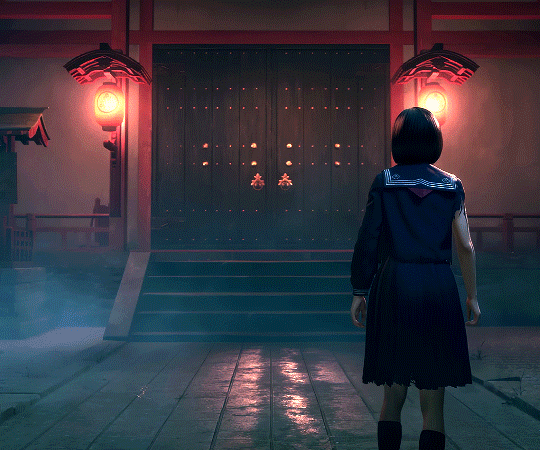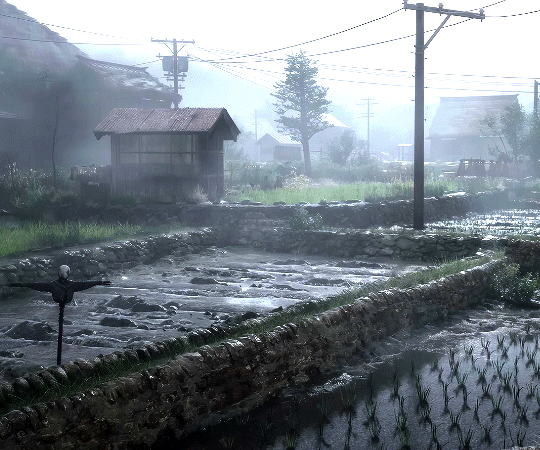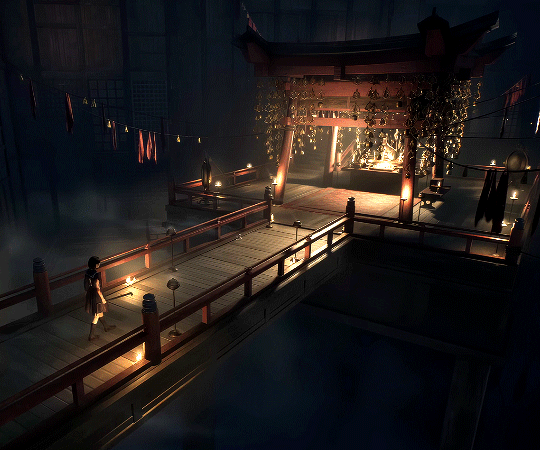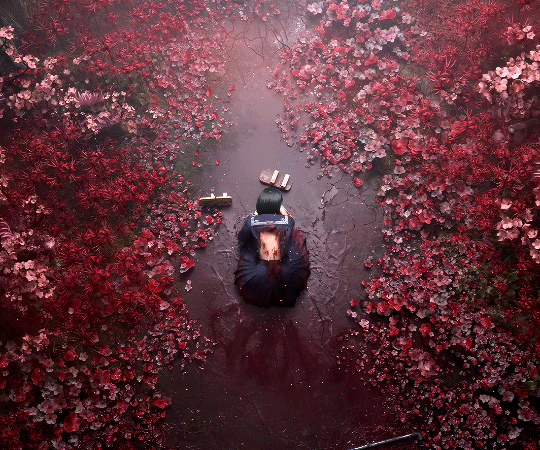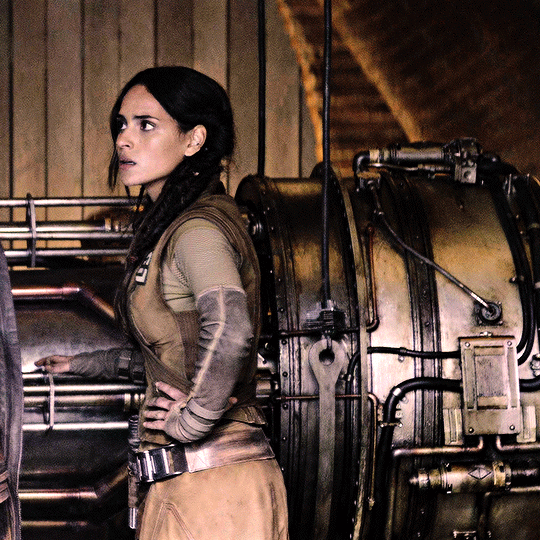Text
"Entitled" can simply mean having a legal or legitimate right to something, like a benefit, a property, or a service. For example, a person might be entitled to a refund or a certain type of social security benefit.
0 notes
Text
The newly revealed Inzoi system requirements are enough to make me go back to The Sims 4 https://search.app/PJR6Y
Shared via the Google App
0 notes
Text

Magik #5 (Marvel, May 2025) cover by J. Scott Campbell
29 notes
·
View notes
Text





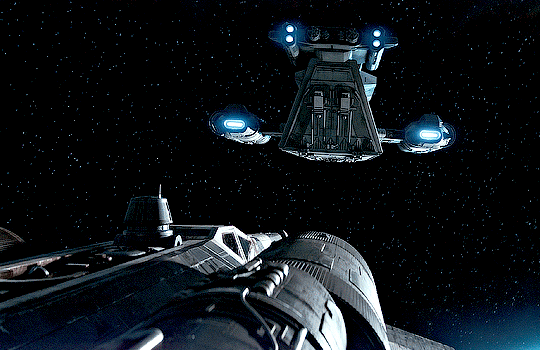


"We're in a war. You wanna fight? Or you wanna win?"
ANDOR SEASON 2
566 notes
·
View notes
Text



Maintaining Copernicus. Starfield | dev. Bethesda Game Studios
35 notes
·
View notes








